Animal lovers from across the globe have one thing in common: they all dream of seeing their favourite animals in their native habitats! While venturing into the jungle to see a tiger may not be for the faint of heart, joining a wildlife tour if a great way to safely get up close and personal with animals visitors may have only dreamt of seeing in real life before. Or maybe it’s your dream to visit somewhere you’ve seen in a viral video, where elephants are rescued and live out their days splashing in the water together? No matter how you want to interact with the animals you see on your travels, a wildlife tour is always the best way to make it happen.
Unfortunately, however, not all wildlife tours are created equal. If you want to make sure the animals you see on your travels are happy and healthy, and support the local community while you’re at it, you’ll need to make sure the wildlife tour you choose is legitimate. With a little research, you’ll be able to rest assured knowing that the first time you spot a lion in the wild, they’ll be just as happy as you are.
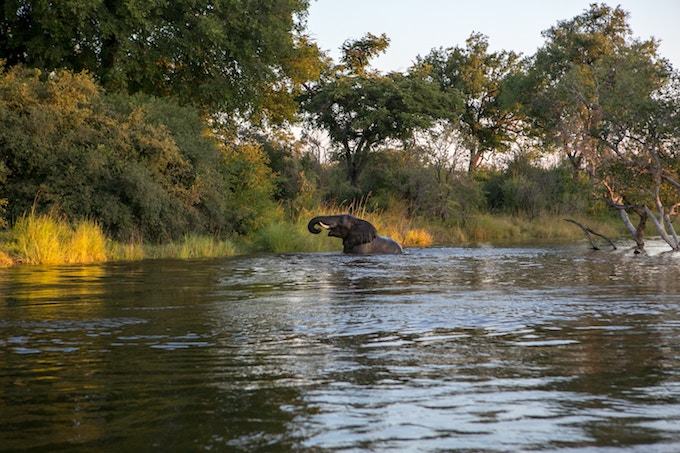
Which are the warning signs of a bad wildlife sanctuary
A visit to a wildlife sanctuary can make all of your animal dreams come true: after all, you’ll be visiting with animals rescued from various states of neglect or danger, and you’ll be able to enjoy their newfound freedom with them! It’s a heartwarming, exciting adventure. However, there are a few things to keep an eye out for if you want to visit a wildlife sanctuary that cares about more than just how much money visitors pay to see the animals.
- Animal habitats. The animals should live in an environment as close to their natural habitat as possible. Things like cages, bars, or sterile enclosures are warning signs. Ideally, the animals would have little contact with the staff unless necessary for their health.
- Photo-ops. We know, we know. Did you even go to the animal sanctuary if you can’t post a selfie with one of them? But sanctuaries should never promote any kind of physical contact between visitors and animals – it can stress them out and cause health problems. If permitted, only take photos from a distance!
- Baby animals. While they’re adorable, seeing a large amount of baby animals at a sanctuary could indicate the sanctuary is breeding animals. This could suggest the sanctuary cares more about pleasing their visitors than the animals they care for.
- Crowds. You know how you sometimes feel nervous in a crowded room? Imagine how the animals feel! Responsible sanctuaries will often limit the number of visitors and have strict time slots for visits in order to put the well-being of the animals first.
- Anxious animals. Are they pacing, shaking, or making a lot of noise? Do they seem to be afraid of the sanctuary staff? It’s usually easy to see when animals are uncomfortable or unhappy, and if most of them seem to be, it could be an indication that things aren’t quite right.
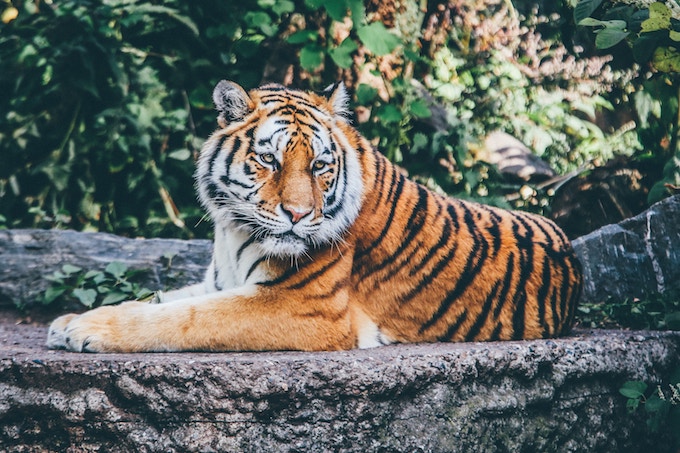
How to choose the right animal sanctuary tour
The right wildlife tour should be your perfect mixture of adventure, quality, and experiences. Before you decide where you want to go, it may be a better idea to figure out what animals you want to see. Do you dream of witnessing the Great Migration across the Serengeti? Or would you prefer to hang out with elephants?
Once you’ve decided on your destination, start thinking about what kind of trip you’d like to have. There are plenty of different options for accommodation, from camping to luxury resorts, and activities like historical tours, cultural experiences, and much more. From there, all you need to do is find the tour that matches those desires!
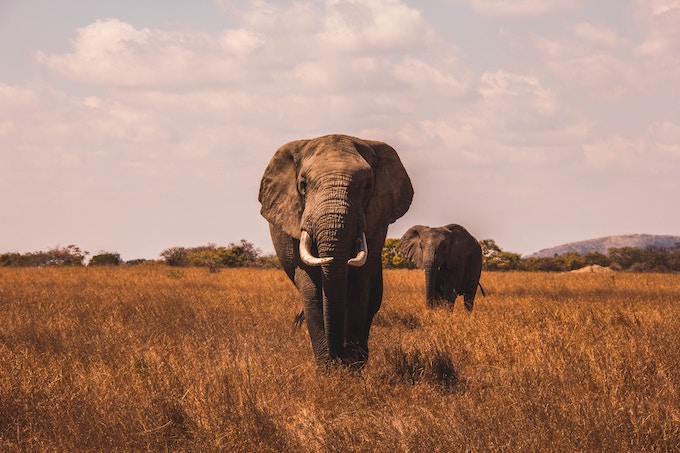
Which questions you should ask before booking a wildlife tour
- Will this tour give me everything I’m looking for in terms of experience?
- Am I booking at the right time of year in order to see the animals I want to see?
- Are the excursions visiting responsible sanctuaries?
- Is the travel style in line with what I want?
How to respect wildlife on a wildlife tour
The first thing you should know before embarking on a wildlife tour is that golden rule: take nothing but photos, leave nothing but footprints. If an animal is being camera-shy, don’t try to coax or tease them to get them to pose for a picture: it’s not good for them, and, if you bug the wrong animal, it’s not good for you, either!
Your guide should be well-trained in how to deal with the animals you come across. When in doubt, listen to what they have to say! Not only will they be able to brief you on any safety precautions you should be taking, they probably have interesting facts and stories for you that will make your experience even better.
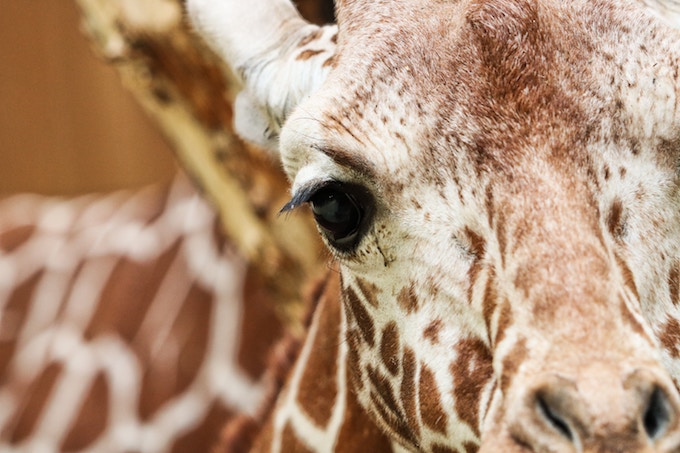
Wildlife tours we love
Are you ready to take the plunge and book your own wildlife tour? Here are just a couple of the most popular wildlife tours in Africa and Asia on TourRadar. Now all that’s left to do is pack!
Southern African Magic, Accommodated
This fourteen-day tour through South Africa, Botswana, and Zimbabwe brings travellers to Kruger National Park, Matobo National Park, and includes a visit to the Khama Rhino Sanctuary. Formed in 1992, this sanctuary is one of the best places to see critically-endangered rhinos in a sanctuary operated by the local community. Travellers are also treated to views of Victoria Falls and the beautiful Okavango Delta!
Kenya Wildlife Safari
This eight-day safari through Kenya includes visits to Lake Nakuru and Lake Naivasha, a cultural experience with the Maasai people, and a two-day visit to Masai Mara National Reserve, where you’ll be able to spot the big five while staying in local lodges. This is a great safari options for travellers looking to fully immerse themselves in the culture and atmosphere of the Masai Mara!
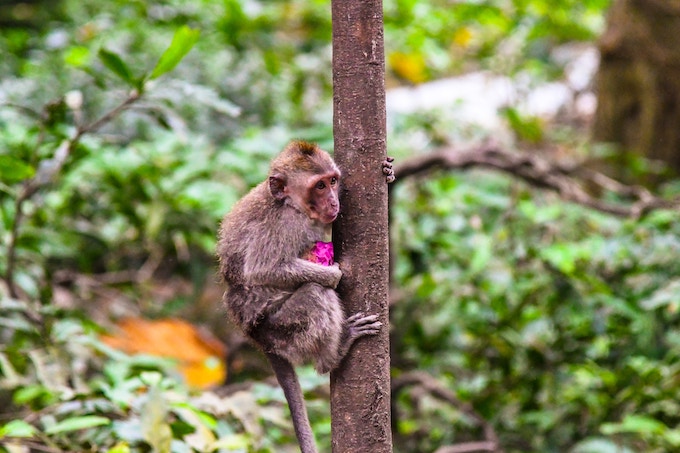
One Life Adventures – Sri Lanka
Who says safaris are just for Africa? This twelve-day adventure in Sri Lanka isn’t just about the animals (but don’t worry, you’ll see plenty!) – travellers are also treated to cooking classes, cycling tours of Sri Lanka’s iconic rice paddies, and relaxing time on the beach. Of course, when it’s time for the safari, you won’t be disappointed: a visit to Uda Walawe National Park means sightings of elephants, monkeys, crocodiles, and maybe even leopards, and a stop at a turtle sanctuary will educate and inspire you.
Taj Mahal and Wildlife with Royal Stay at Castles
If you’re an animal lover who’s always dreamt of visiting India – experiencing the delicious food, fascinating history, and stunning nature for yourself – this safari tour is absolutely perfect for you! Explore the ancient cities of Jaipur and Sardargarh, spend a night in a castle, and, of course, get up close and personal with the incredibly diverse animals in Ranthambore National Park! If you’re lucky, you’ll see hyenas, cheetahs, panthers, and Indian tigers.
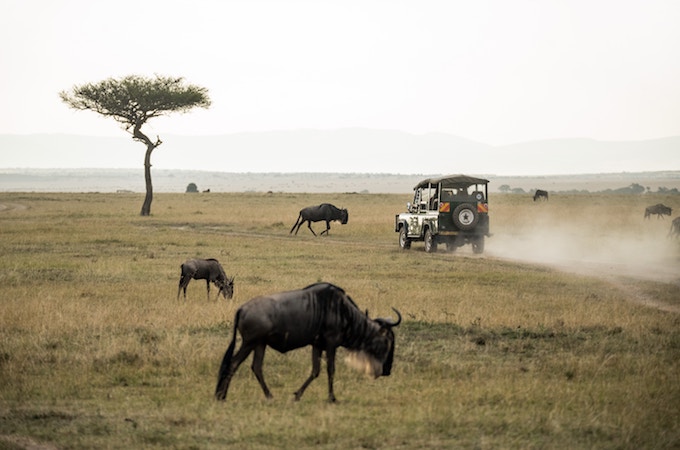
Wildlife tours are an amazing experience: not only do you get to explore a new part of the world,
Do you have any advice for travellers looking to set out on their first wildlife tour? Let us know!

